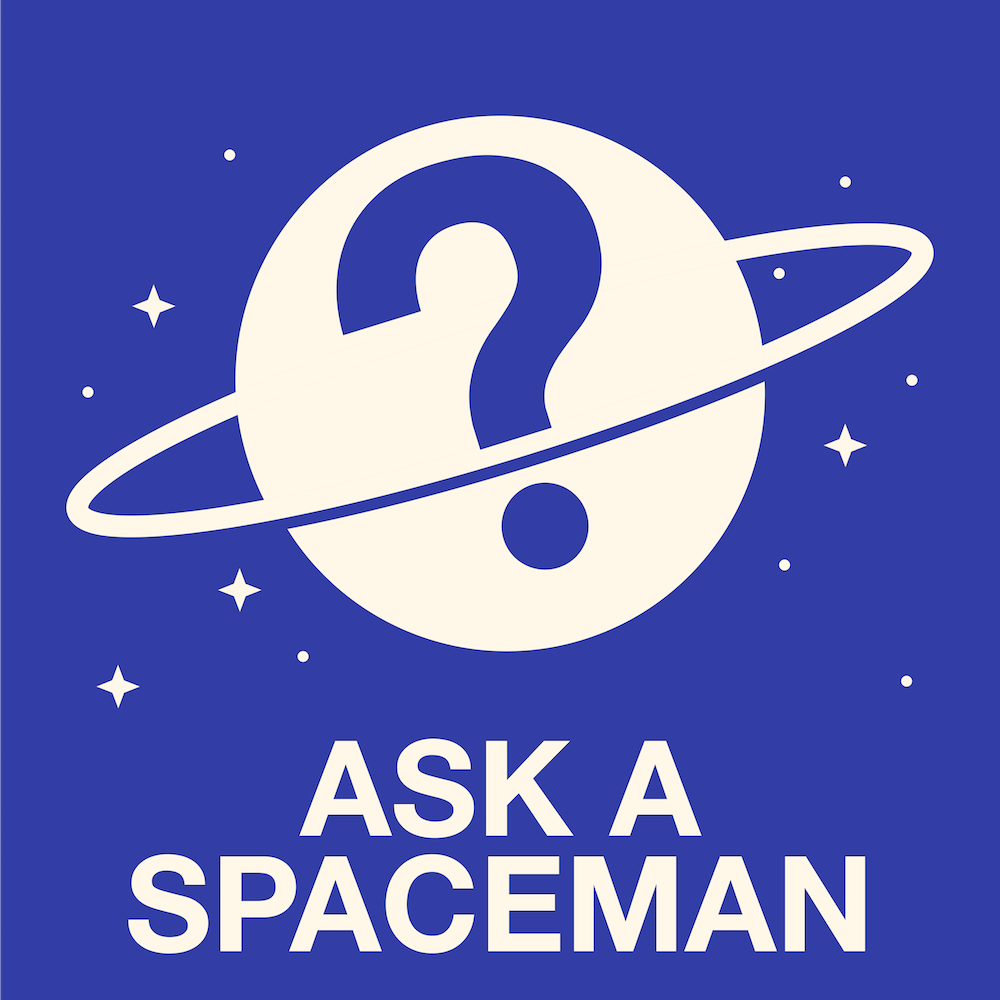New images taken with the ALMA Observatory show a young proto-stellar disk with the rings and gaps of planetary formation growing together, once again challenging our preconceptions


New images taken with the ALMA Observatory show a young proto-stellar disk with the rings and gaps of planetary formation growing together, once again challenging our preconceptions

Can stars explode? Oh yes, they can. In fact, some of the most powerful explosions in the universe come from stars at the end of their lives

Today we’ll examine that long journey that matter has gone through, forged and re-forged in the hearts of stars. In fact, the device you’re using to listen to this podcast has some elements formed in a supernova explosion.

What is an axion? How could axions make a star, and what does that have to do with dark matter? What would these stars look like?

Astronomer depend on accurate observations of stars, but there’s a problem. Stars are sneaky. Here’s why stars can’t be trusted!



We thought stellar mass black holes came from stars and that there might have been tiny primordial black holes that evaporated away, but that was it. Closed case. Black holes formed with all the normal structures we experience today. Except that now, JWST’s observations require us to find a way to accelerate the formation of those structures, and one way to do that is to seed the universe with black holes.

Today we have Cheap Astronomy podcast about stars. Do other stars have sunspot activity cycles like the Sun does? So why are magnetars magnetic?

Today #365DaysOfAstro explains how many stars there are. How many can you see with your eyes, with binoculars or a small telescope? How many stars in the Milky Way? How many in the entire Universe?